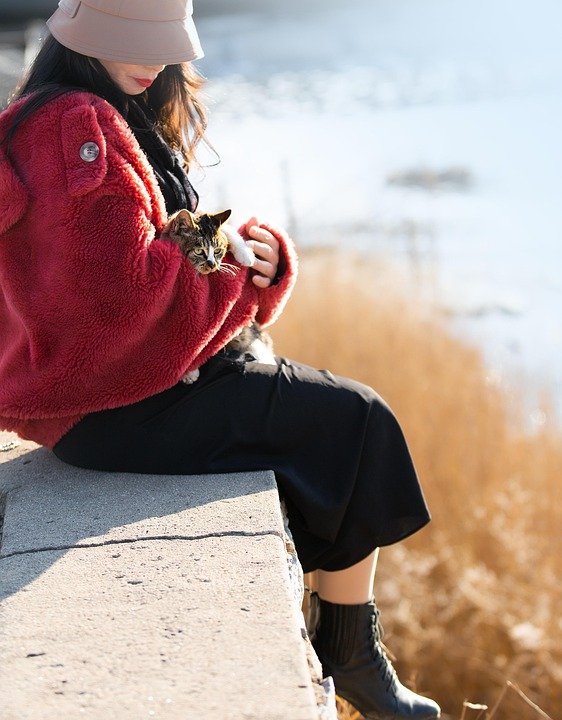
The Vital Role of Fostering in Cat Rescue
Fostering rescue cats is an incredibly rewarding experience that not only transforms the lives of vulnerable felines but also enriches the lives of the foster caregivers. The concept of fostering involves temporarily caring for cats that, due to various circumstances, cannot be placed in permanent homes immediately. This may be because the cats are recovering from medical procedures, are too young, or need socialization. By providing a safe and loving environment, foster caregivers play a critical role in the rehabilitation and eventual adoption of rescue cats.
The Benefits of Fostering for Cats
Fostering provides numerous advantages to rescue cats. Firstly, it offers a stress-free environment that is crucial for their physical and emotional recovery. Shelters, although safe, can be overwhelming due to noise and the presence of many animals. A quiet home environment allows cats to relax and heal.
Secondly, fostering helps in socializing cats. Many rescue cats have had little to no interaction with humans or other animals, leading to fear and anxiety. By living in a foster home, these cats learn to trust people and adapt to living in a domestic setting, which significantly increases their chances of being adopted.
Thirdly, foster homes can provide personalized care that meets the individual needs of each cat. Whether it’s a special diet, medication, or behavioral training, foster caregivers can tailor their care to ensure the cat thrives.
The Impact of Fostering on People
While fostering is incredibly beneficial for cats, it is equally rewarding for the caregivers. Fostering cats can bring a sense of purpose and fulfillment as caregivers witness the transformation of scared, shy cats into affectionate and confident companions. This experience can be particularly rewarding for those who love animals but are unable to commit to long-term pet ownership.
Additionally, fostering offers an opportunity to learn about animal care, behavior, and training. Each cat has a unique personality, and foster caregivers often develop new skills in handling different cat temperaments and needs. This knowledge is invaluable and can be applied to future fostering or personal pet ownership.
Fostering also creates a sense of community. Many rescue organizations have networks of foster caregivers who support each other through sharing experiences, advice, and resources. This sense of camaraderie can lead to lasting friendships and a supportive environment for both the caregivers and the cats.
How to Get Started with Fostering
If you’re interested in transforming the lives of rescue cats through fostering, the process is straightforward. Begin by researching local animal shelters and rescue organizations that have foster programs. Each organization will have its own set of requirements and procedures, so it’s essential to find one that aligns with your capabilities and lifestyle.
Most organizations will require you to fill out an application form, which typically includes questions about your experience with animals, your living situation, and your availability. Some may also conduct a home visit to ensure it’s a safe environment for the cats.
Once approved, the organization will match you with a cat or kittens that suit your experience and preferences. You’ll receive all the necessary supplies, such as food, litter, and medical care, and be provided with guidance on how to care for your foster cat. Organizations usually cover the costs of veterinary care and emergency situations, ensuring that fostering is accessible to everyone.
Challenges and Rewards of Fostering
Fostering, like any form of caregiving, comes with its challenges. Some cats may have behavioral issues or medical conditions that require extra patience and care. It’s important to remember that progress can be slow, and setbacks may occur. However, the resilience and adaptability of cats can be truly inspiring, and overcoming these challenges is a rewarding experience.
One of the emotional challenges of fostering is letting go when it’s time for the cat to be adopted. It’s natural to form attachments, and parting with a foster cat can be bittersweet. However, knowing that you’ve played a crucial role in their journey to finding a forever home can bring immense satisfaction. Moreover, every adoption opens up space in your home to help another cat in need.
Fostering Cats: A Lifeline for Shelters
Foster caregivers are an indispensable part of the animal rescue ecosystem. By taking in cats that shelters cannot accommodate, they help alleviate overcrowding, reducing the risk of euthanasia for space. This is especially critical during “kitten season,” when the influx of homeless kittens can overwhelm shelters.
Additionally, fostering helps shelters save resources. With cats placed in homes, shelters can focus their efforts on rescuing more animals, conducting adoption events, and providing medical care. Foster caregivers act as ambassadors, raising awareness about the importance of adoption and fostering within their networks, which can lead to increased community support and involvement.
Conclusion: Be a Catalyst for Change
Fostering rescue cats is a transformative experience that creates a ripple effect of positive change. It offers a lifeline to cats in need, providing them with the love and care necessary to thrive. For foster caregivers, it presents an opportunity to make a tangible difference, gain new skills, and become part of a compassionate community dedicated to animal welfare.
If you’re considering fostering, take the leap. By opening your heart and home to a rescue cat, you become a catalyst for change, transforming not only the lives of the cats you foster but also enriching your own life in immeasurable ways. Whether you’re looking for a temporary companion or want to contribute to the greater good, fostering rescue cats is a fulfilling journey worth embarking on.






